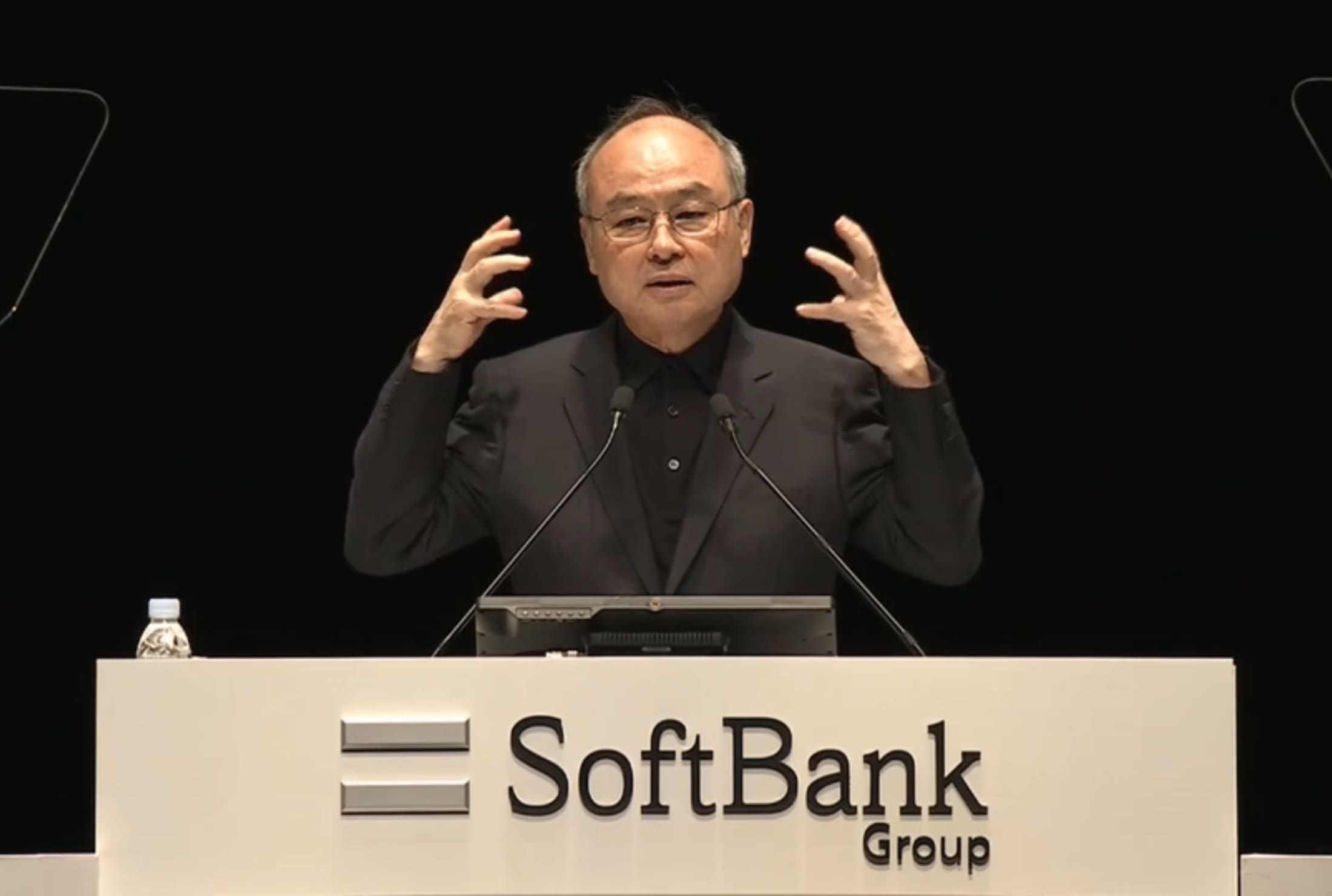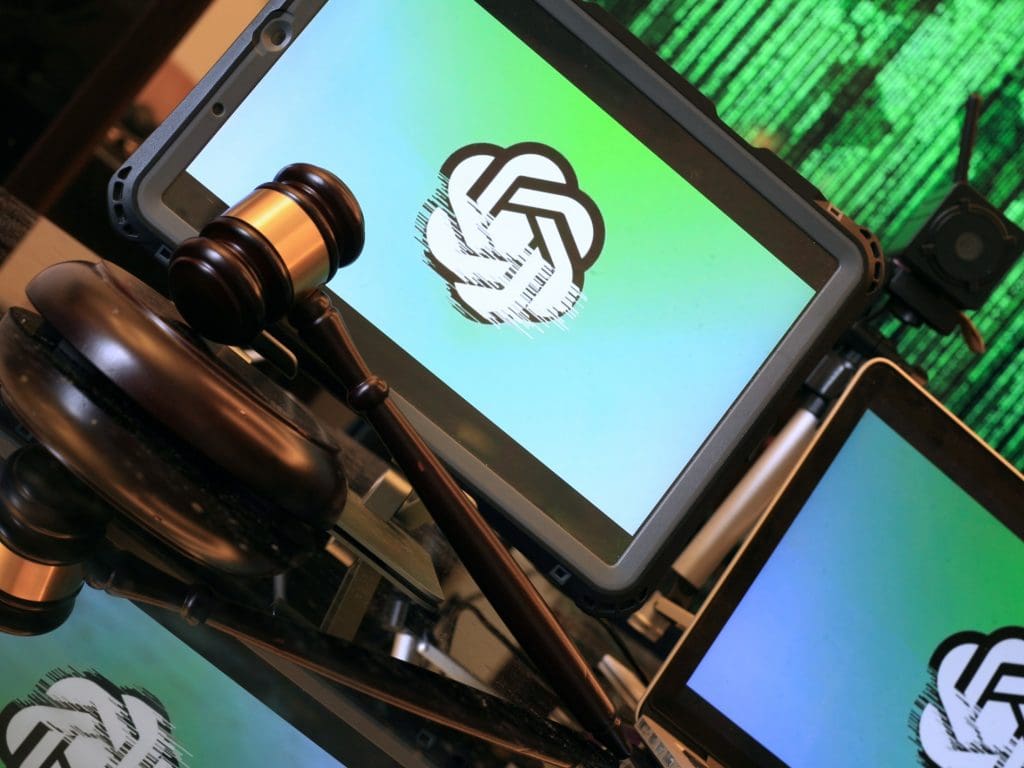In-Short
- SoftBank CEO Masayoshi Son predicts artificial super intelligence (ASI) could surpass human intelligence within a decade.
- ASI is anticipated to be up to 10,000 times smarter than humans by 2035, far exceeding AGI.
- Safe Superintelligence Inc. (SSI) emphasizes the importance of safety in the development of superintelligent AI.
- Concerns arise over job displacement, ethics, and risks of an intelligence greater than our own.
Summary of SoftBank’s Vision for ASI
At SoftBank’s annual meeting, CEO Masayoshi Son shared his vision of a future where artificial intelligence (AI) could dramatically outpace human intelligence. Son believes that by 2030, AI might be up to 10 times more intelligent than humans, and by 2035, it could be 10,000 times smarter. This level of AI, known as artificial super intelligence (ASI), would be significantly more advanced than artificial general intelligence (AGI), which is akin to a human genius.
The concept of ASI is not just a theoretical pursuit for SoftBank. Son personally sees the realization of ASI as his life’s purpose. This bold vision is shared by Safe Superintelligence Inc. (SSI), a company founded by Ilya Sutskever, which aims to balance the advancement of AI capabilities with safety measures.
Despite the enthusiasm from industry leaders like Son, the scientific community remains divided on the actual feasibility of achieving AGI or ASI. Current AI systems have made strides in specific areas but are not close to human-level reasoning across the board. Nevertheless, the push towards developing superintelligent AI is gaining momentum, with significant implications for society, including potential job displacement and ethical dilemmas.
As the tech industry continues to explore the possibilities of ASI, the conversation around its impact and the necessary precautions is becoming increasingly important. While the future of ASI is still uncertain, the race towards its development is clearly on, with major tech entities like SoftBank and SSI at the helm.
Further Reading
For more in-depth information on the future of AI and the development of ASI, please visit the original source.
Footnotes
Image credits and external source links are not provided in the original content.










